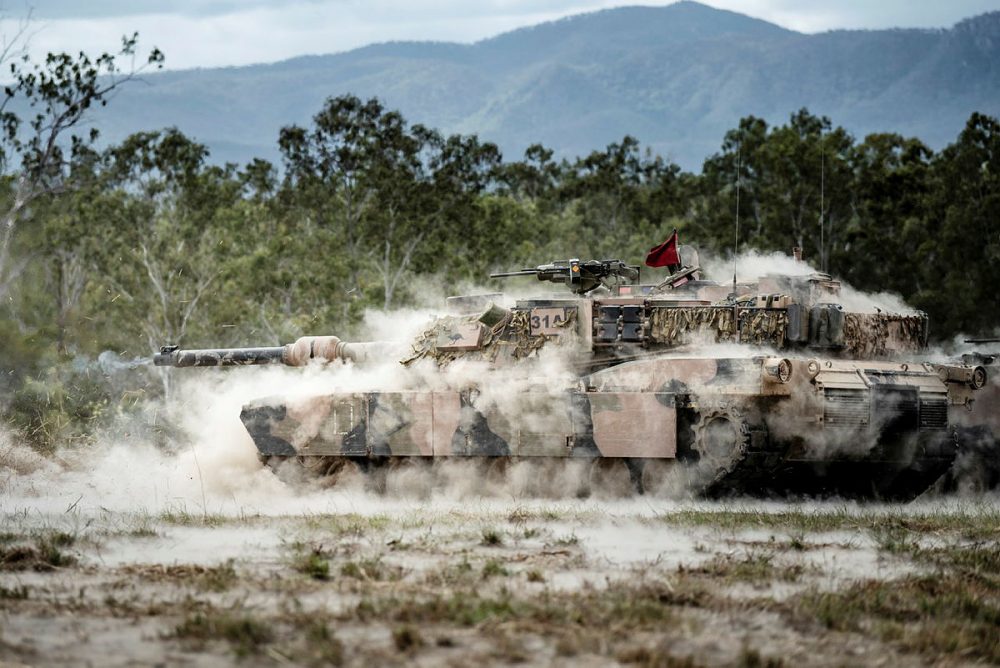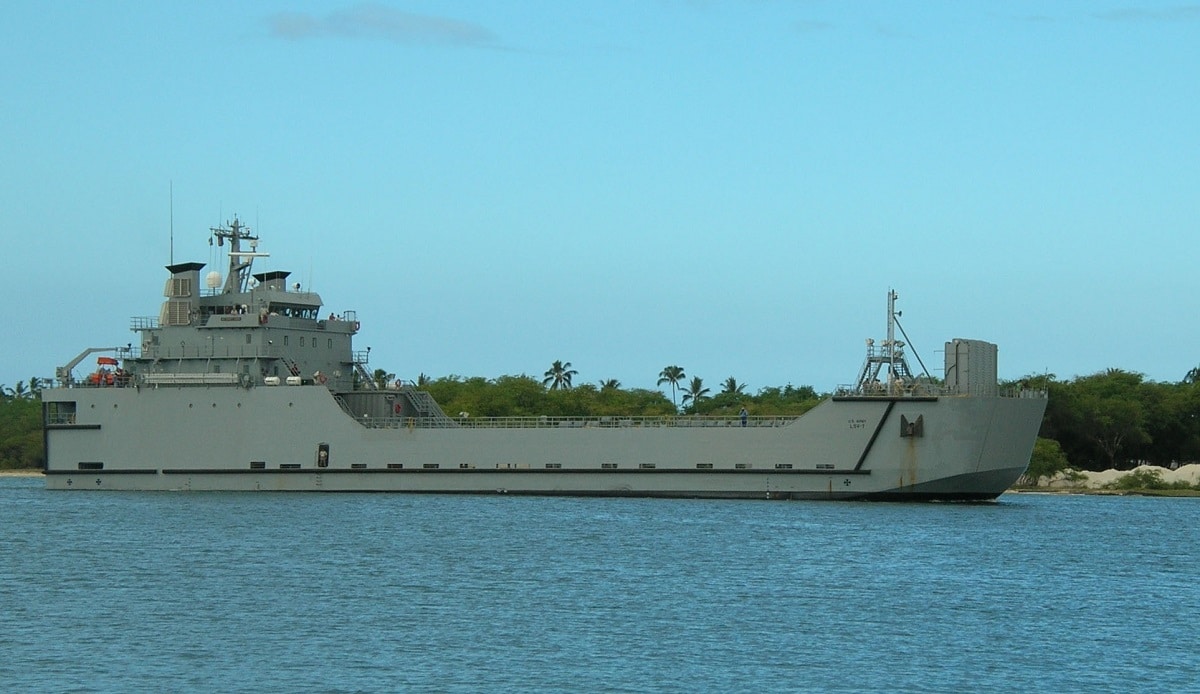cdxbow
Well-Known Member
Certainly many feel LAND 8113 is transformative for the Army. Albert Palazzo talks about it in this article Deterrence and Firepower: Land 8113 and the Australian Army’s Future (Part 1, Strategic Effect) | Australian Army Research Centre (AARC)The articles are more about the strategic, cultural, organisational and transformative aspects rather than the particular technology used. Giving sufficient mass to the force was identified as important:Latest from ASPI:

Tanks for nothing? Ensuring the Australian Army is ready for Indo-Pacific conflict | The Strategist
Journalist Greg Sheridan is no stranger to controversy in his writing for The Australian on foreign affairs and defence policy, but even he struck a particular chord of controversy recently when he zeroed in on ...www.aspistrategist.org.au
Most interesting part of this discussion for me was the emphasis on Long Range Fires.
I believe this is an increasingly important force multiplier, and as a smaller army, Army should be looking to acquire HIMARS at army group strength (as opposed to the regimental strength as currently appears likely to be the case).
Thoughts?
Massive
"Still, it needs to be remembered that Army cannot create a true deterrence capability with a boutique missile force. The coming long-range missile capability must be larger and more robust, if the Australian Defence Force is to dissuade a potential adversary from military adventurism. My sense is that Army must field at least three regiments of long range missile artillery if regional powers are to take the capability seriously. A dedicated brigade of long range fires, in other words. To provide less is a case where one might as well have none, since a too small missile force is not a credible deterrent."


